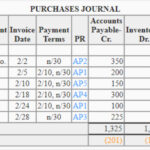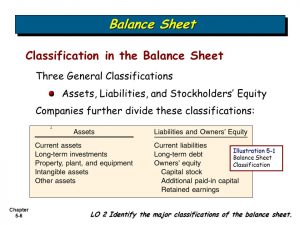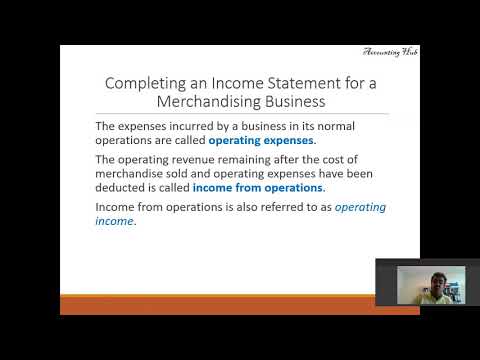
Tibor has extensively used this calculator in various projects, allowing him to project financial outcomes accurately and advise on investment strategies. It’s become an essential tool for anyone needing to calculate the future value of their investments, considering different compounding frequencies and additional contributions. Have you noticed that in the above solution, we didn’t even need to know the initial and final balances of the investment? It is thanks to the simplification we made in the third step (Divide both sides by PPP). However, when using our compound interest rate calculator, you will need to provide this information in the appropriate fields. Don’t worry if you just want to find the time in which the given interest rate would double your investment; just type in any numbers (for example, 111 and 222).
What is the effective annual interest rate?
Compound interest occurs when interest is added to the original deposit – or principal – which results in interest earning interest. Financial institutions often offer compound interest on deposits, compounding on a regular basis – usually monthly or annually. Compound interest takes into account both interest on the principal balance and interest on previously-earned interest. Simple interest refers only to interest earned on the principal balance; interest earned on interest is not taken into account. To see how compound interest differs from simple interest, use our simple interest vs compound interest calculator. The easiest way to take advantage of compound interest is to start saving!
- In this example you earned $1,000 out of the initial investment of $2,000 within the six years, meaning that your annual rate was equal to 6.9913%.
- Compound interest is an important concept to understand that is widely used in investing, finance, and banking.
- This interest is added to the principal, and the sum becomes Derek’s required repayment to the bank for that present time.
- In the second example, we calculate the future value of an initial investment in which interest is compounded monthly.
Premium Investing Services
If you want to find out how long it would take for something to increase by n%, you can use our rule of 72 calculator. This tool enables you to check how much time you need to double your investment even quicker than the compound interest rate calculator. Note that in the case where you make a deposit into a bank (e.g., put money in your savings account), you have, from a financial perspective, lent money to the bank. If you left your money in that account for another year, you’ll earn $538.96 in interest in year two, for a total of $1,051.63 in interest over two years. You earn more in the second year because interest is calculated on the initial deposit plus the interest you earned in the first year.
How to Calculate Compound Interest?

Anyone who wants to estimate compound interest in their head may find the rule of 72 very useful. Not for exact calculations as given by financial calculators, but to get ideas for ballpark figures. It states that in order to find the number of years (n) required to double a certain amount of money with any interest rate, simply divide 72 by that same rate. The more frequently interest is compounded within a time period, the higher the interest will be earned on an original principal.
The effective interest rate (or effective annual rate) is the rate that gets paid after all the compounding. When compounding of interest takes place, the effective annual rate becomes higher than the overall interest rate. The more times the interest is compounded within the year, the higher the effective annual rate will be. FV – The FV function calculates the future value of an annuity investment based on constant-amount periodic payments and a constant interest rate. Compound interest is calculated by multiplying the initial principal amount by one plus the annual interest rate raised to the number of compound periods minus one.
Related Calculators

Also, because of compounding, the more often interest is deposited into a savings account, the more the overall balance will grow. An account that compounds daily can grow more than one that compounds less frequently, such as once net profit margin definition a month. To increase your bank balance faster, put your money in an account with a high yield that compounds frequently. Most financial advisors will tell you that compound frequency is the number of compounding periods in a year.

For this calculator, enter a time period of one year and set the compounding frequency to “annual” to compute simple interest. Compound interest means that interest is earned not only on the principal (the sum originally borrowed), but also on all interest previously earned at specified compounding periods. The interest portion of a specific payment on a bond, mortgage or other loan can also be computed given a loan amount, interest rate, number of compounding periods and specified period number. Inspired by his own need to calculate long-term investment returns and simplify the process for others, Tibor created this tool. It’s designed to help users plan their financial future, whether for retirement, saving for a home, or understanding the potential growth of their investments.
For these questions, the payment formula is quite complex, so it is best left in the hands of our Finance Calculator, which can help evaluate all these situations with the inclusion of the PMT function. Don’t forget to choose the correct input for whether payments are made at the beginning or end of compounding periods; the choice has large ramifications on the final amount of interest incurred. In practice, banks and other investments vehicles use yearly, quarterly and monthly compounding periods, in that order. Banks generally provide saving accounts with yearly capitalization of the interest while investments in stocks that pay a dividend have yearly, quarterly or monthly payments.
This is because rate at which compound interest grows depends on the compounding frequency, such that the higher the compounding frequency, the greater the compound interest. Using the definition above, the compound interest rate is the annual rate where the compounding frequency is taken into account. Use the compound interest rate calculator to compute the precise interest rate that is applied to an initial balance that reaches a certain surplus with a given compound frequency over a certain period.
Hence, if a two-year savings account containing $1,000 pays a 6% interest rate compounded daily, it will grow to $1,127.49 at the end of two years. If you want to roughly calculate compound interest https://www.simple-accounting.org/ on a savings figure, without using a calculator, you can use a formula calledthe rule of 72. The rule of 72 helps you estimate the number of years it will take to double your money.
Our web-based financial calculator can serve as a good tool to have during lectures or homework, and because it is web-based, it is never out of reach, as long as a smartphone is nearby. The inclusion of a graph and a schedule, two things missing from physical calculators, can be more visually helpful for learning purposes. The interest rate of a loan or savings can be “fixed” or “floating.” Floating rate loans or savings are normally based on some reference rate, such as the U.S.
So, let’s now break down interest compounding by year,using a more realistic example scenario. We’ll say you have $10,000 in a savings account earning 5% interest per year, withannual compounding. We’ll assume you intend to leave the investment untouched for https://www.business-accounting.net/what-are-the-key-differences-between-crm-and-sfa/ 20 years. This compounding effect causes investments to grow fasterover time, much like a snowball gaining size as it rolls downhill. The compound interest calculator is designed to discover the potential growth of your savings or investments over time.
In the second example, we calculate the future value of an initial investment in which interest is compounded monthly. As the main focus of the calculator is the compounding mechanism, we designed a chart where you can follow the progress of the annual interest balances visually. If you choose a higher than yearly compounding frequency, the diagram will display the resulting extra or additional part of interest gained over yearly compounding by the higher frequency.

لا تعليق